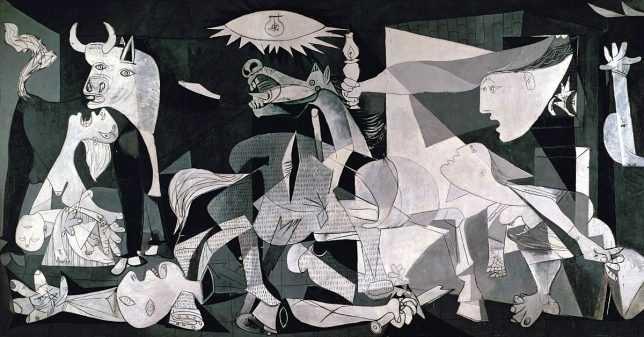Comparative Musicology
The first musical ethnography was published by the early comparative musicologist Carl Stumpf, which documented the origins and the evolution of the art.
They looked at the changing landscapes and the nomadic nature of influences. Comparative musicology also looked at the classification of musical instruments and systems.
65
223 reads
CURATED FROM
IDEAS CURATED BY
The idea is part of this collection:
Learn more about personaldevelopment with this collection
How to establish a positive team culture
How to collaborate effectively
How to build trust with a new team
Related collections
Similar ideas to Comparative Musicology
Microeconomics: Comparative Advantage
The law of comparative advantage was first mentioned in 1817 by English economist David Ricardo.
A company has a comparative advantage when it is able to provide a good or service at a lower opportunity cost than others, helping it sell the same product at a lower cost, ...
Impressionist Art: Initial Criticism
Impressionist art was looked at with disdain by art critics, as it was commonly accepted that any serious artist would minimize brush strokes and create a glossy, refined painting, not something with visible dots, blobs and smears.
During the first Impressionist art exhibition in 1874, the...
Prolific Minds Keep On Giving
- Pablo Picasso was a great artist who created 50,000 works of art in his life. He devoted his life to art and every idea he had, had to be captured on canvas;
- Thomas Edison, over the course of his lifetime, had acquired more than a thousand patents. He was not only an inventor but a...
Read & Learn
20x Faster
without
deepstash
with
deepstash
with
deepstash
Personalized microlearning
—
100+ Learning Journeys
—
Access to 200,000+ ideas
—
Access to the mobile app
—
Unlimited idea saving
—
—
Unlimited history
—
—
Unlimited listening to ideas
—
—
Downloading & offline access
—
—
Supercharge your mind with one idea per day
Enter your email and spend 1 minute every day to learn something new.
I agree to receive email updates


